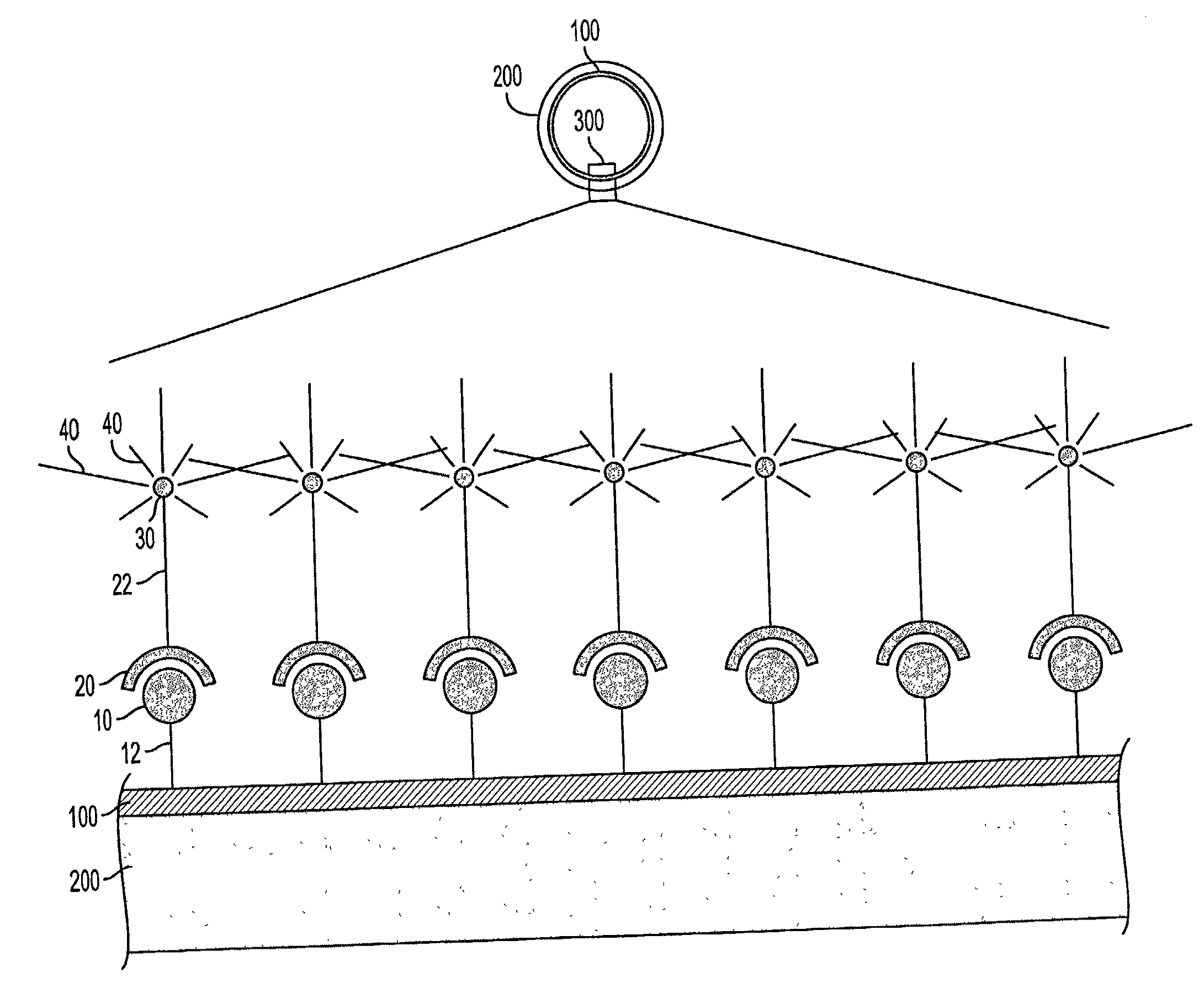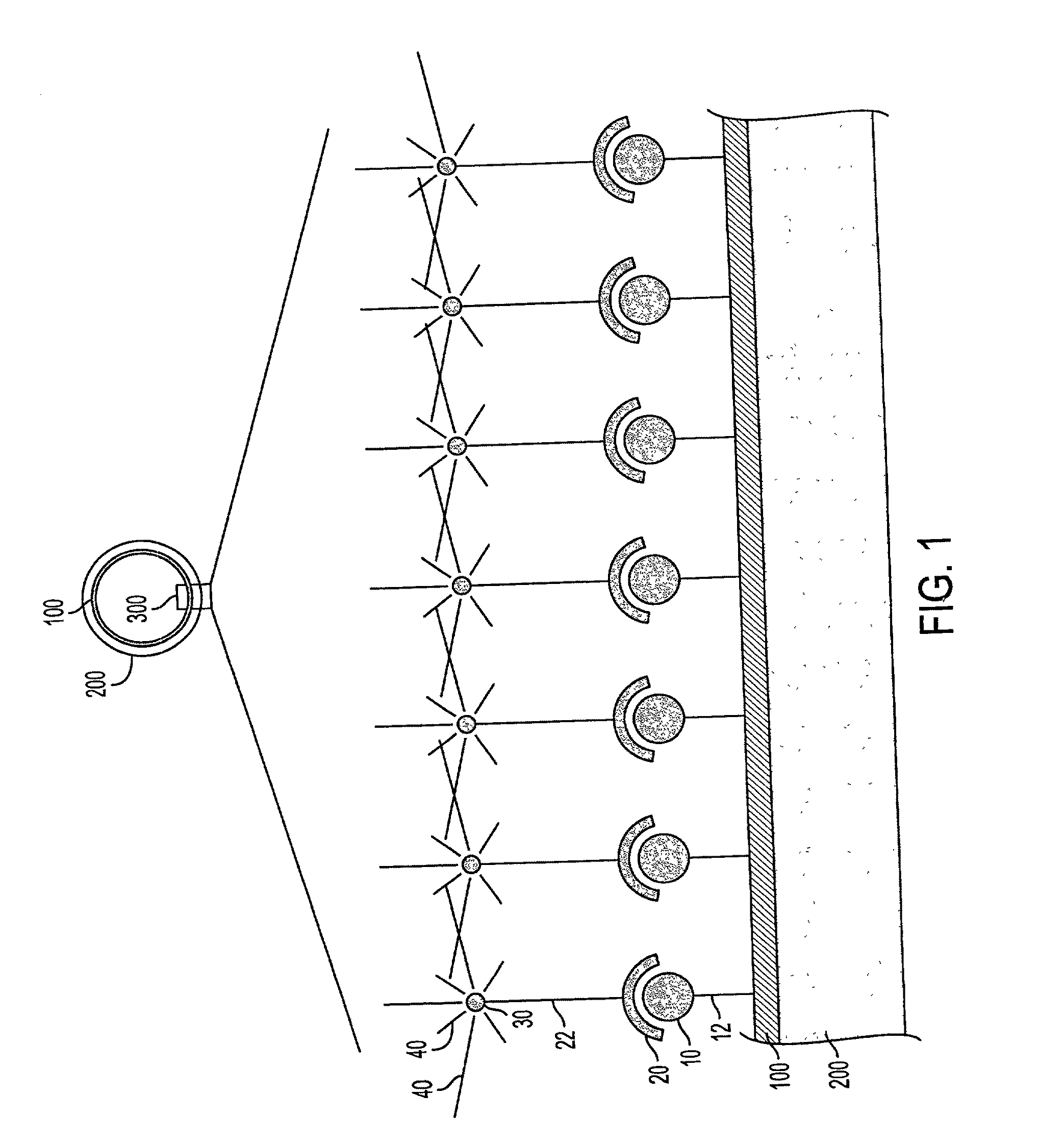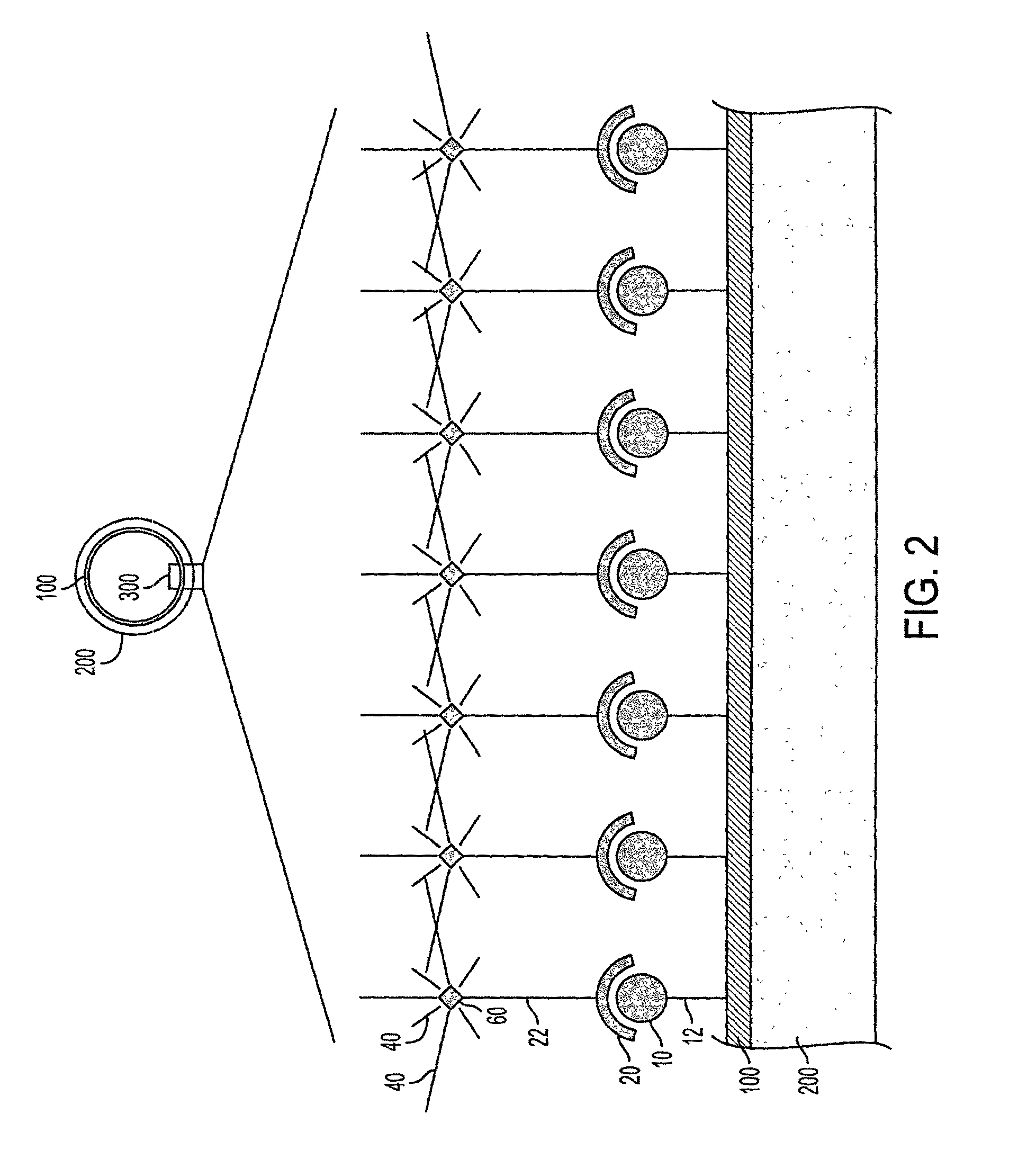Methods and apparatus for localized administration of inhibitory moieties to a patient
a technology of inhibitory moieties and localization, applied in radiation therapy, pharmaceutical non-active ingredients, therapy, etc., can solve the problems of life-threatening complications, physiologic state, and organ fed by that artery suffers ischemia, and achieve the effect of inhibiting unwanted cellular growth
- Summary
- Abstract
- Description
- Claims
- Application Information
AI Technical Summary
Benefits of technology
Problems solved by technology
Method used
Image
Examples
example 1
Preparing a Biotin Labeled Stent
[0340]Stainless steel coronary artery stents, such as the JOSTENT® Flex stent, in their unexpanded state are prepared for biotin immobilization by first subjecting the stents to electrolysis in 5×SSC solution to form an oxide layer. Alternatively, an oxide layer is formed by immersion of the stents into a perchloric acid bath. After oxidation, the stents are rinsed in 100% ethanol and air dried in a 50° C. oven.
[0341]Thereafter, the oxidized stents are reacted with 10% 3-aminopropyltriethoxysilane (APS) in toluene. The stents are placed into a glass reaction dish, after which toluene is added to completely cover the stents, and heated to 50-60° C. on a heat plate. APS is added to a final concentration of 10%. The solution is gently mixed and allowed to continue for 30minutes. The solution is removed, and the stents are rinsed three times with large volumes of toluene, followed by rinsing three times in large volumes of 100% ethanol, followed by air dr...
PUM
 Login to View More
Login to View More Abstract
Description
Claims
Application Information
 Login to View More
Login to View More - R&D
- Intellectual Property
- Life Sciences
- Materials
- Tech Scout
- Unparalleled Data Quality
- Higher Quality Content
- 60% Fewer Hallucinations
Browse by: Latest US Patents, China's latest patents, Technical Efficacy Thesaurus, Application Domain, Technology Topic, Popular Technical Reports.
© 2025 PatSnap. All rights reserved.Legal|Privacy policy|Modern Slavery Act Transparency Statement|Sitemap|About US| Contact US: help@patsnap.com



